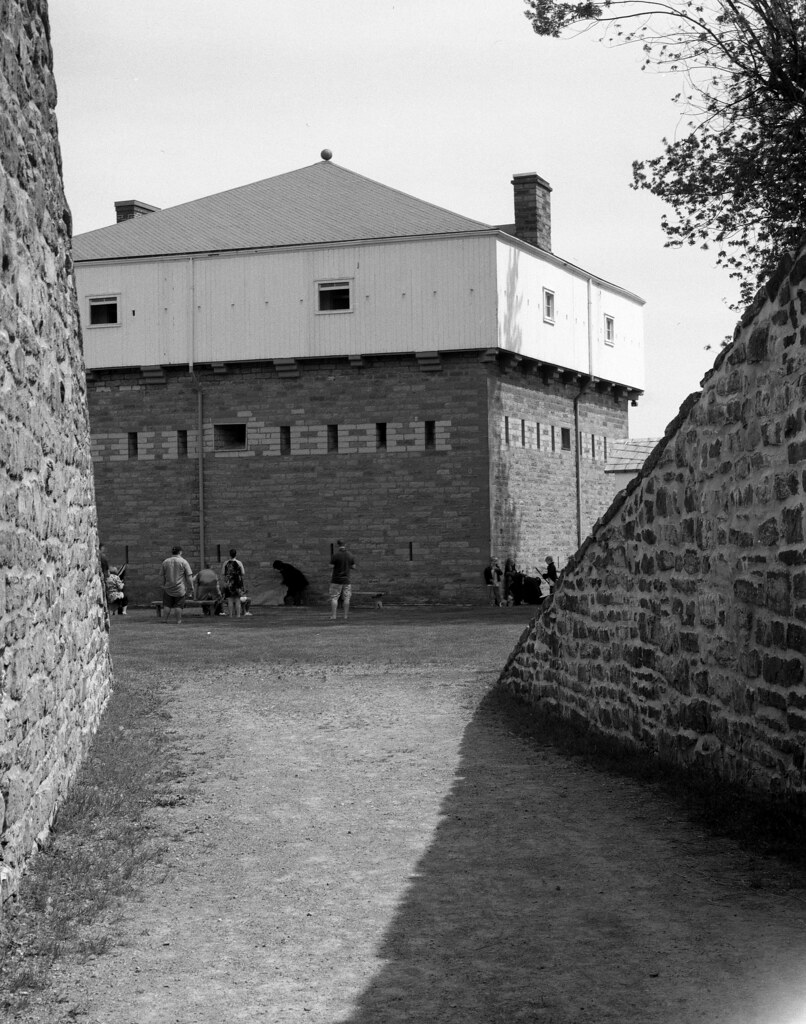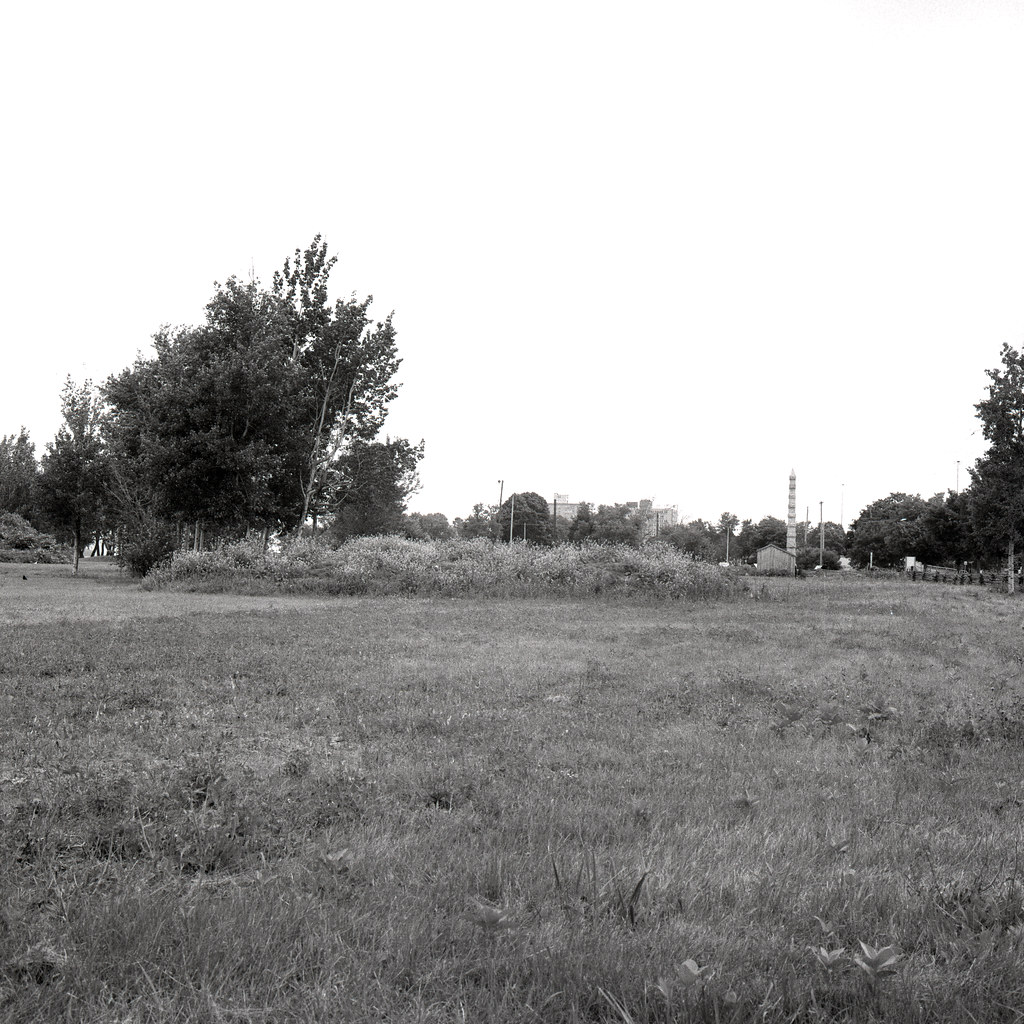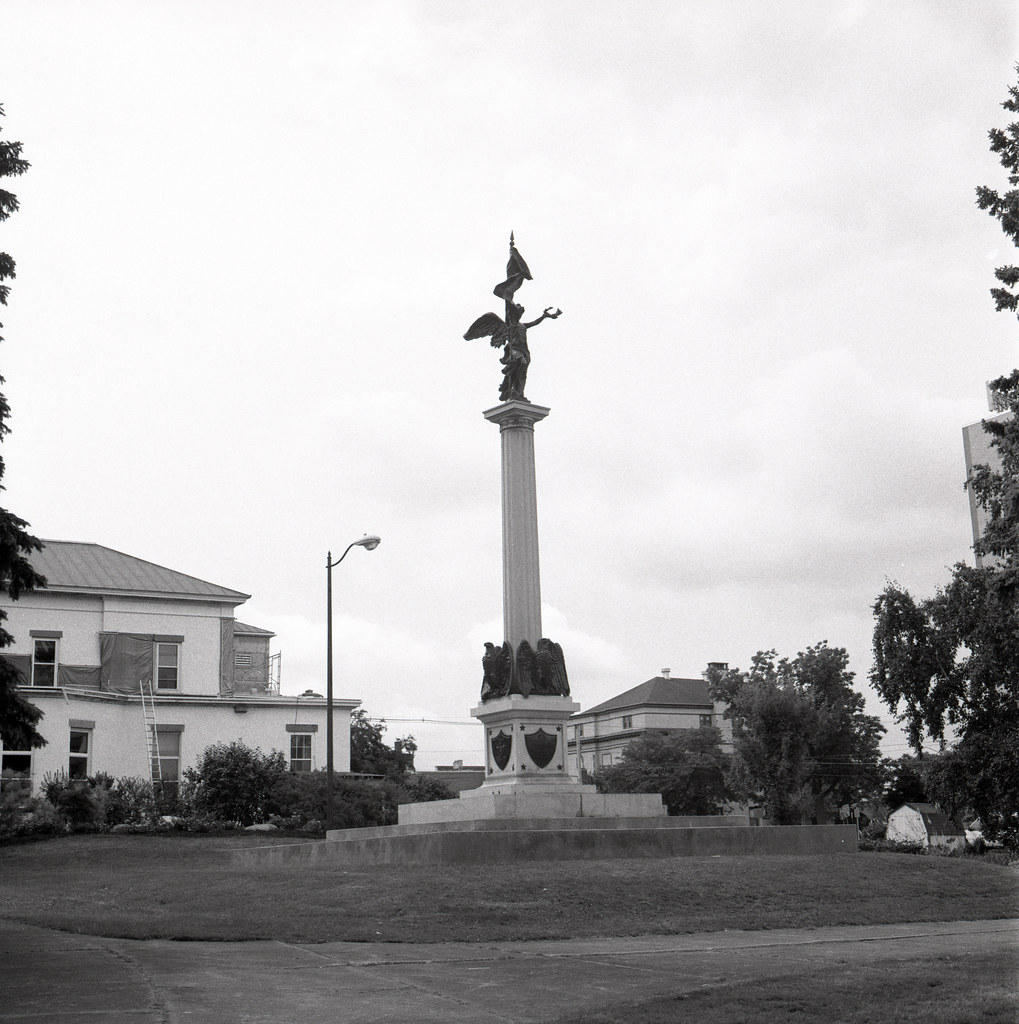The St. Lawrence River had remained relatively quiet during the first year of the war, in fact it was for the most part downright peaceful. Both sides were enjoying a rather healthy trade relationship. The simple fact was that most of the St. Lawrence valley was occupied by Loyalists, those who went to or were forced to move to the colony of Upper Canada following the American Revolution, and many still had family on the American side of the river. This was not going to fly in 1813, as the war escalated, raids became common. On the 6th of February, a raid lead by Major Benjamin Forsyth and members of the 1st US Rifle Regiment crossed the frozen river to free American prisoners being held in Elizabethtown, these prisoner had been taken in a British raid earlier in the month. In addition to freeing the prisoners they also took with them military and civilian supplies in the town’s storehouse.

Downtown Brockville, Ontario today. The town changed its name from Elizabethtown to Brockville in honour of Major-General Sir Isaac Brock
Pentax 645 – SMC Pentax A 645 75mm 1:2.8 – Kodak Plus-X Pan – Kodak TMax Dev (1+4) 5:45 @ 20C
While the raid was successful, the residents of Ogdensburg, where the Rifle Regiment was based. Prevost, was in Kingston when he got wind of this action and ordered that a raid against Ogdensburg was in order. On the 22nd a mixed force under Lieutenant Colonel George MacDonell consisted of troops from the 8th (Kings) and Royal Newfoundland Regiments along with members of the Glengarry Light Infantry, local militia and three guns under the Royal Artillery moved out of Fort Wellington in Prescott onto the river. The residents of Ogdensburg thought little of this, as the British often used the frozen river to conduct drill practice.

Fort Wellington as it stands today, looking as it did in the 1830s
Modified Anniversary Speed Graphic – Kodak Ektar f:7.7 – Ilford HP5+ – Kodak HC-110 Dil. B 5:00 @ 20C
But the force split into two columns and kept marching for the shore. The artillery was almost immediately put out of action, bogged down in the deep snow. The militia manned battery to the east of the town proper was quickly overwhelmed by MacDonell’s column who then swept west through the town ensuring that any militia in the town were driven back towards the main fortification occupied by the rifle regiment. It was this fort that the second column under Captain Jenkins of the Glengarry Light Infantry threw himself against. Without artillery support the small arms fire was useless against the stone buildings. Jenkin’s was wounded under the accurate rifle fire, and his Lieutenant took command.

The remains of earthworks from an old French Fur Trade fort, while these probably weren’t used during the War of 1812 they are the only remaining fortifications that can be found in the town today.
Rolleiflex 2.8F – Carl Zeiss Planar 80mm 1:2.8 – Kodak TMax 400 – TMax Developer (1+9) 20:00 @ 20C
MacDonell however had formed up on the opposite side of the fort and sent over a demand of surrender. Forsyth refused, he had no intention of letting himself or his elite rifle troops become British prisoners. Ordering the local militia to launch a diversionary attack, he snuck his troops out and headed for Sackets Harbor. The militia promptly surrendered, and MacDonell ordered the town be burned after freeing their own prisoners and recapturing the stolen supplies. He did however make an offer to the local business owners, if the town remained free of federal troops and the militia paroled, they would not fear British raids. The business owners agreed, several had friends in the government, who depended on their money for their seats, so the town would not get a new garrison.

A military monument in downtown Ogdensburg, dedicated to all the soldiers from the town.
Rolleiflex 2.8F – Carl Zeiss Planar 80mm 1:2.8 – Kodak TMax 400 – TMax Developer (1+9) 20:00 @ 20C
Today there isn’t much left in Ogdensburg that dates back to the raid, most of the town was destroyed by the British. Some earthworks can be found on the eastern side of the town, but they date to 18th Century. There is a series of plaques and a self-guided walking tour through the downtown that walks you through the raid. On the Canadian side, Fort Wellington still stands in Prescott, and has been restored to how it looked in the 1830s during the Upper Canada Rebellions but still worth a visit as the 1830s fort is fairly similar to how it would have looked during the War of 1812.
Written with Files from:
Web: www.eighteentwelve.ca/?q=eng/Topic/32
Web: 1000islands.com/ogdensburg/ogdensburgs-role-in-the-war-of-1812/
Web: www.warof1812.ca/o_burg.htm